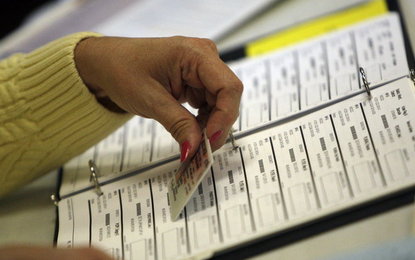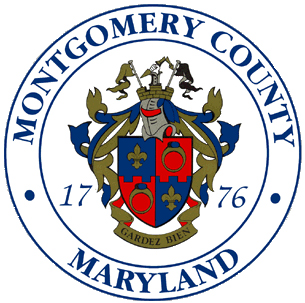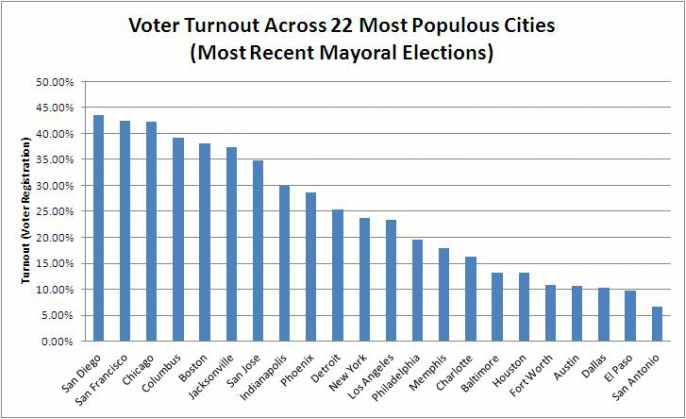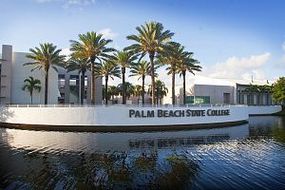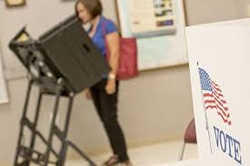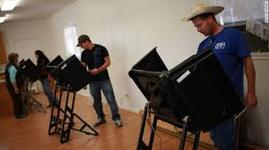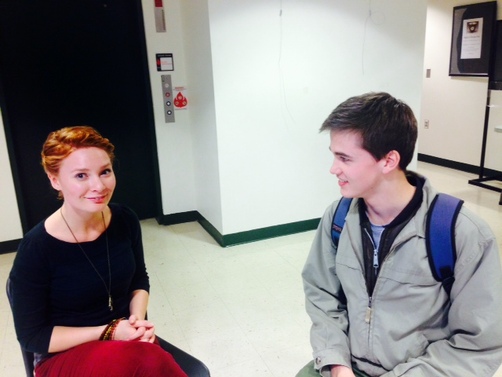By Austin Plier
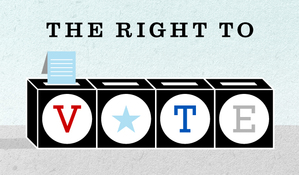
This election season, the voting wars have raged on in various courts across the nation, with decisions that will have very real consequences for voters in the coming midterm elections. From Arkansas to Georgia, a mixed bag of laws, lawsuits, and court rulings have left Americans confused as to who can vote, how they can vote, and when they can vote. In the past month, the Supreme Court has made the final call about what new voting laws will be used this year in a number of states, including Ohio, North Carolina, Texas, and Wisconsin.
As midterm candidates take sides leading up to Election Day, the debate over voting has become a hotbed for political rhetoric, and buzzwords like “voter suppression” and “electoral integrity.” In the meantime, voters can only look on and watch their voting rights make various disappearing and reappearing acts in a political magic show run by courts and politicians.
How can a basic, fundamental right such as voting be so contentious (and fragile) in our democracy? The answer, as FairVote has pointed out for years, and as advocates like Norm Ornstein and Matt Yglesias argue, is that our right to vote has protection as an affirmative right to vote only at the state level. That’s right – we currently do not have an explicit federal right to vote. This absence is the underlying reason for this current disruptive period of electoral chaos.
Ohio and North Carolina
The U.S. Supreme Court was first asked to weigh in on voting changes in cases coming out of Ohio and North Carolina. In Ohio, a federal judge ruled that new changes, such as reducing the early voting period, violated Section 2 of the Voting Rights Act as they had a disproportionate impact on voters of color. The 6th circuit upheld suspending these changes for the upcoming midterm election. On Sept. 29th, the Supreme Court reversed that ruling in a 5-4 vote.
In North Carolina, a trial judge upheld a series of new voting laws with changes such as discarding ballots cast in the wrong precinct and ending same-day voter registration during early voting. The 4th Circuit then ruled against the implementation of those changes, however, on Oct. 8th the Supreme Court again greenlighted the changes.
Voter ID Laws in Texas, Arkansas, and Wisconsin
In Texas, the state’s voter ID law was given a reprieve by the 5th Circuit, and then ultimately the Supreme Court on October 18th, despite Justice Ginsberg’s strongly worded dissent. This law will be in place on Election Day, after originally being struck down by a federal judge in a 147-page opinion a week earlier. Unfortunately, in the case of Texas, an estimated 600,000 citizens do not have an ID required by the new law and will not be able to vote.
Arkansas is a different story. Basing its ruling on the right to vote as enumerated in the state’s constitution, the Arkansas Supreme Court on Oct. 15th found a voter ID law passed by the state’s legislature unconstitutional. The decision was split 5-4 along party lines, however, and could have gone the other way if judges had chosen to cite federal precedent – a practice known as “lockstepping”-- which can weaken rights protected at a state level more easily than those protected at a federal level.
Such was the case in Wisconsin just a few months ago, when a 5-4 conservative majority on the state’s highest court bypassed the right to vote in the Wisconsin Constitution and upheld a similar voter ID law, citing various precedents set by the U.S. Supreme Court under the federal Equal Protection Clause. A federal district court originally overturned the voter ID law in April, however, the 7th Circuit issued a stay on that ruling which, in turn, was vacated by the U.S. Supreme Court in a 6-3 decision on Oct. 9th. (Are you confused yet? Just imagine how Wisconsin voters feel.) As a result, the law will not be in effect until after election season when the Supreme Court will either consider the case on its merits or refuse to hear it. In a related twist, 7th Circuit Judge Richard Posner has since reversed his personal opinion of the law, and wrote a scathing dissent upon having his request to have the 7th Circuit rehear the case voted down in a 5-5 split.
Confusion in Georgia
In a different, but similarly exasperating version of “Electoral Chaos”, Georgia remains tangled in lawsuitsfrom thousands of voters infuriated as their registration applications have not been processed. The New Georgia Project and the NAACP are fighting on behalf of voters in the lawsuits, but it is unclear if the issue will be resolved by Election Day when Georgians will vote in a key Senate race.
The Solution: A Constitutional Right to Vote
While requiring a photo ID to vote does not by itself infringe on voting rights, it certainly can if the state does not first make sure that every eligible voter actually has the necessary ID. A constitutional right to vote would require states establishing ID requirements to take steps to make sure the new law does not disenfranchise eligible voters, such as creating reasonable backups like the signature requirements allowed for absentee voters, or ensuring every eligible voter has a valid ID. A right to vote amendment would also give courts the authority and responsibility to ensure every eligible voter’s voice was heard in contentious situations like the one currently playing out in Georgia.
Without a federal right to vote, the voting wars will continue to be waged, state by state, across the nation. It’s time to change that. House Joint Resolution 44, introduced this past year by U.S. House Members Mark Pocan and Keith Ellison, would amend the constitution to establish an explicit, individual right to vote. Rev. Jesse Jackson and the Rainbow PUSH Coalition are leading an effort to get major cities to pass resolutions backing the amendment, joining those that have passed resolutions as part of FairVote’s Promote Our Vote project. By taking action, Congress would be empowered to enact minimum electoral standards to guarantee a higher degree of legitimacy, inclusivity, and consistency across the nation. Separate and unequal elections among our thousands of voting jurisdictions would no longer be allowed.
Even with the election less than two weeks away, expect new state disputes over electoral laws. Good resources for tracking these changes include the Brennan Center, Advancement Project, and Lawyers’ Committee for Civil Rights. The Lawyers’ Committee also has a website and phone hotline to help voters dealing with voting problems.
It’s time: We need a constitutional amendment establishing an explicit, individual right to vote to end the voting wars once and for all. Only then will every vote and every voice be heard in every election, and our democracy fulfill its promise. To learn more, read FairVote’s extensive resources, and take action by visiting RightToVoteAmendment.com and our Promote Our Vote project.
As midterm candidates take sides leading up to Election Day, the debate over voting has become a hotbed for political rhetoric, and buzzwords like “voter suppression” and “electoral integrity.” In the meantime, voters can only look on and watch their voting rights make various disappearing and reappearing acts in a political magic show run by courts and politicians.
How can a basic, fundamental right such as voting be so contentious (and fragile) in our democracy? The answer, as FairVote has pointed out for years, and as advocates like Norm Ornstein and Matt Yglesias argue, is that our right to vote has protection as an affirmative right to vote only at the state level. That’s right – we currently do not have an explicit federal right to vote. This absence is the underlying reason for this current disruptive period of electoral chaos.
Ohio and North Carolina
The U.S. Supreme Court was first asked to weigh in on voting changes in cases coming out of Ohio and North Carolina. In Ohio, a federal judge ruled that new changes, such as reducing the early voting period, violated Section 2 of the Voting Rights Act as they had a disproportionate impact on voters of color. The 6th circuit upheld suspending these changes for the upcoming midterm election. On Sept. 29th, the Supreme Court reversed that ruling in a 5-4 vote.
In North Carolina, a trial judge upheld a series of new voting laws with changes such as discarding ballots cast in the wrong precinct and ending same-day voter registration during early voting. The 4th Circuit then ruled against the implementation of those changes, however, on Oct. 8th the Supreme Court again greenlighted the changes.
Voter ID Laws in Texas, Arkansas, and Wisconsin
In Texas, the state’s voter ID law was given a reprieve by the 5th Circuit, and then ultimately the Supreme Court on October 18th, despite Justice Ginsberg’s strongly worded dissent. This law will be in place on Election Day, after originally being struck down by a federal judge in a 147-page opinion a week earlier. Unfortunately, in the case of Texas, an estimated 600,000 citizens do not have an ID required by the new law and will not be able to vote.
Arkansas is a different story. Basing its ruling on the right to vote as enumerated in the state’s constitution, the Arkansas Supreme Court on Oct. 15th found a voter ID law passed by the state’s legislature unconstitutional. The decision was split 5-4 along party lines, however, and could have gone the other way if judges had chosen to cite federal precedent – a practice known as “lockstepping”-- which can weaken rights protected at a state level more easily than those protected at a federal level.
Such was the case in Wisconsin just a few months ago, when a 5-4 conservative majority on the state’s highest court bypassed the right to vote in the Wisconsin Constitution and upheld a similar voter ID law, citing various precedents set by the U.S. Supreme Court under the federal Equal Protection Clause. A federal district court originally overturned the voter ID law in April, however, the 7th Circuit issued a stay on that ruling which, in turn, was vacated by the U.S. Supreme Court in a 6-3 decision on Oct. 9th. (Are you confused yet? Just imagine how Wisconsin voters feel.) As a result, the law will not be in effect until after election season when the Supreme Court will either consider the case on its merits or refuse to hear it. In a related twist, 7th Circuit Judge Richard Posner has since reversed his personal opinion of the law, and wrote a scathing dissent upon having his request to have the 7th Circuit rehear the case voted down in a 5-5 split.
Confusion in Georgia
In a different, but similarly exasperating version of “Electoral Chaos”, Georgia remains tangled in lawsuitsfrom thousands of voters infuriated as their registration applications have not been processed. The New Georgia Project and the NAACP are fighting on behalf of voters in the lawsuits, but it is unclear if the issue will be resolved by Election Day when Georgians will vote in a key Senate race.
The Solution: A Constitutional Right to Vote
While requiring a photo ID to vote does not by itself infringe on voting rights, it certainly can if the state does not first make sure that every eligible voter actually has the necessary ID. A constitutional right to vote would require states establishing ID requirements to take steps to make sure the new law does not disenfranchise eligible voters, such as creating reasonable backups like the signature requirements allowed for absentee voters, or ensuring every eligible voter has a valid ID. A right to vote amendment would also give courts the authority and responsibility to ensure every eligible voter’s voice was heard in contentious situations like the one currently playing out in Georgia.
Without a federal right to vote, the voting wars will continue to be waged, state by state, across the nation. It’s time to change that. House Joint Resolution 44, introduced this past year by U.S. House Members Mark Pocan and Keith Ellison, would amend the constitution to establish an explicit, individual right to vote. Rev. Jesse Jackson and the Rainbow PUSH Coalition are leading an effort to get major cities to pass resolutions backing the amendment, joining those that have passed resolutions as part of FairVote’s Promote Our Vote project. By taking action, Congress would be empowered to enact minimum electoral standards to guarantee a higher degree of legitimacy, inclusivity, and consistency across the nation. Separate and unequal elections among our thousands of voting jurisdictions would no longer be allowed.
Even with the election less than two weeks away, expect new state disputes over electoral laws. Good resources for tracking these changes include the Brennan Center, Advancement Project, and Lawyers’ Committee for Civil Rights. The Lawyers’ Committee also has a website and phone hotline to help voters dealing with voting problems.
It’s time: We need a constitutional amendment establishing an explicit, individual right to vote to end the voting wars once and for all. Only then will every vote and every voice be heard in every election, and our democracy fulfill its promise. To learn more, read FairVote’s extensive resources, and take action by visiting RightToVoteAmendment.com and our Promote Our Vote project.
